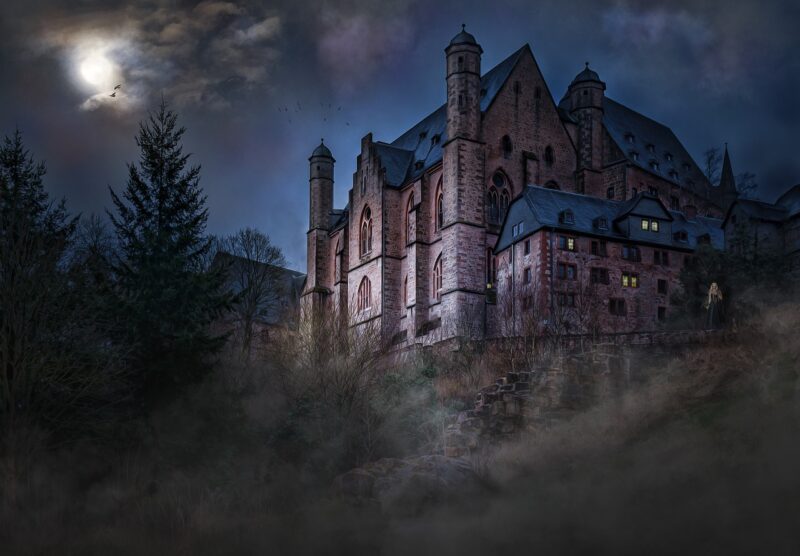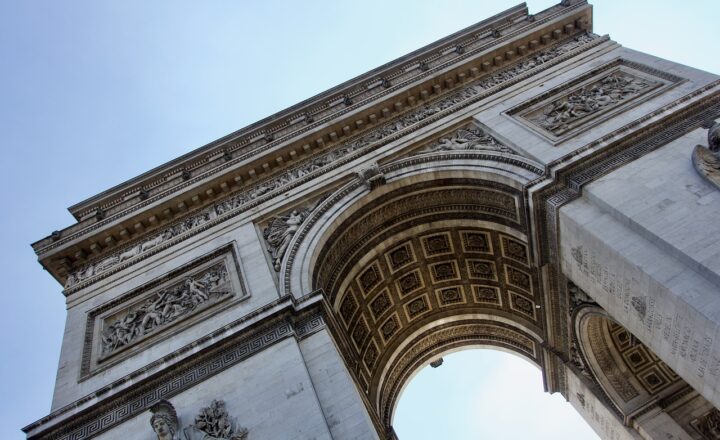The Stories Behind the Most Famous Castles and How They Were Built to Defend Against Impossible Odds
November 16, 2024

Throughout history, castles have stood as formidable symbols of power, protection, and prestige. They were not merely homes for royalty but intricate fortifications designed to withstand sieges and assaults. In this article, we will explore the fascinating stories behind some of the most famous castles, examining how they were constructed to defend against seemingly insurmountable challenges.
### 1. The Origin of Castles: A Brief History
The evolution of castles began in the early medieval period, largely influenced by the need for protection following the collapse of the Roman Empire. The first castles were simple wooden structures or motte-and-bailey designs, built on elevated ground for better visibility and defense. As geographical and political landscapes changed, the design and function of castles evolved, leading to the elaborate stone fortifications we admire today.
Castles served multiple purposes, from protecting the nobility and their subjects to acting as administrative centers and symbols of power. They were strategically positioned near vital resources such as water and trade routes, making them not only defensive strongholds but also key players in local economies.
### 2. The Tower of London: A Fortress with a Dark History
**Location:** London, England
**Built:** 1066 onward
**Notable Features:** White Tower, Tower Bridge, Crown Jewels
The Tower of London has been a royal palace, a fortress, and even a prison. Built by William the Conqueror soon after the Norman invasion, the White Tower was designed as both a royal residence and a statement of power.
The Tower’s imposing walls and strategic location on the Thames River made it a formidable stronghold against would-be invaders. It housed the Crown Jewels of the United Kingdom, showcasing the riches of the monarchy. The Tower’s darker history is marked by the imprisonment and execution of numerous political foes, including Anne Boleyn. Its evolution reflects the shifting power dynamics in England over nearly a millennium.
### 3. Neuschwanstein Castle: Fantasy Meets Reality
**Location:** Bavaria, Germany
**Built:** 1869 (incomplete)
**Notable Features:** Fairy-tale architecture, picturesque views
Commissioned by King Ludwig II of Bavaria, Neuschwanstein Castle was conceived as a homage to Richard Wagner and the romantic ideals of medievalism. Although built in the 19th century, its design draws heavily from the aesthetic of medieval fortifications.
Nestled among the Bavarian Alps, Neuschwanstein boasts stunning mountainous scenery and intricate architecture. Interestingly, it was not built for defense but as a retreat for King Ludwig II. Despite its lack of military purpose, its imposing towers and fort-like qualities symbolize a bygone era of romanticized defense, making it one of the most recognized castles worldwide.
### 4. Château de Chambord: A Masterpiece of Renaissance Architecture
**Location:** Chambord, France
**Built:** 1519-1547
**Notable Features:** Double spiral staircase, vast parkland
Château de Chambord exemplifies the grandeur of the French Renaissance and was originally intended as a hunting lodge for King Francis I. Its architecture combines military design with artistic expression, featuring a moat and defensive structures that showcase its dual purpose of aesthetic beauty and strategic defense.
What makes Chambord remarkable is its unique double spiral staircase, allowing separate groups to ascend and descend without meeting. While it wasn’t built to withstand extensive sieges, its grand scale and imposing presence served as a symbol of royal might, successfully deterring potential threats.
### 5. Edinburgh Castle: A Stronghold of Scottish Heritage
**Location:** Edinburgh, Scotland
**Built:** 12th century and ongoing
**Notable Features:** St. Margaret’s Chapel, National War Museum
Perched atop Castle Rock, Edinburgh Castle has dominated the skyline of Scotland’s capital for centuries. Its origins date back to the early medieval period, making it one of the oldest fortified places in Britain. The castle’s strategic location allows it to control the land and sightline across the surrounding area.
Throughout its history, Edinburgh Castle has endured numerous sieges and battles, serving as a royal residence and military fortress. The iconic St. Margaret’s Chapel is a poignant reminder of its religious significance, dating back to the 12th century. Today, the castle is a national symbol of Scotland and hosts thousands of tourists each year, showcasing its resilient heritage amidst changing tides.
### 6. Alhambra: A Jewel of Moorish Architecture
**Location:** Granada, Spain
**Built:** Started in 889 AD, expanded in the 13th century
**Notable Features:** Nasrid palaces, stunning gardens
The Alhambra is one of the most significant examples of Islamic architecture in Spain, showcasing the artistic brilliance of the Nasrid dynasty. Originally built as a modest fort, it was transformed into a majestic palace complex, surrounded by fortified walls to protect against invasions.
What makes the Alhambra stand out is its intricate decoration, picturesque gardens (Generalife), and stunning views of the Sierra Nevada mountains. Its defensive architecture, combined with aesthetic appeal, offers a glimpse into a rich historical tapestry. The Alhambra symbolizes the cultural fusion of Moorish and European influences, continuing to draw admirers from around the globe.
### 7. Conclusion: Castles as Cultural Symbols
Castles are more than stone structures; they embody the dreams, ambitions, and struggles of those who built them. Each castle’s unique story, architectural innovation, and historical significance reflect the culture and context of its time. They stand as testaments to human ingenuity, providing not only shelter and security but also narratives that enrich our understanding of the past.
Whether as royal homes, fortresses, or cultural landmarks, castles evoke fascination and respect. As we journey through their histories, we learn about the indomitable spirit of humanity facing the odds and crafting legacies that endure through the ages.







